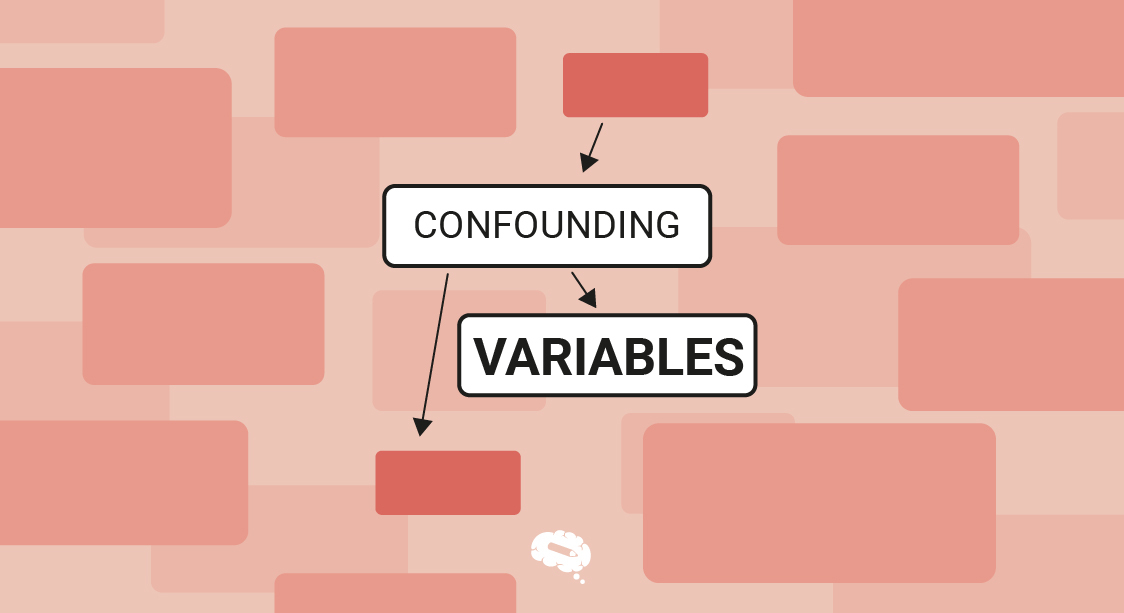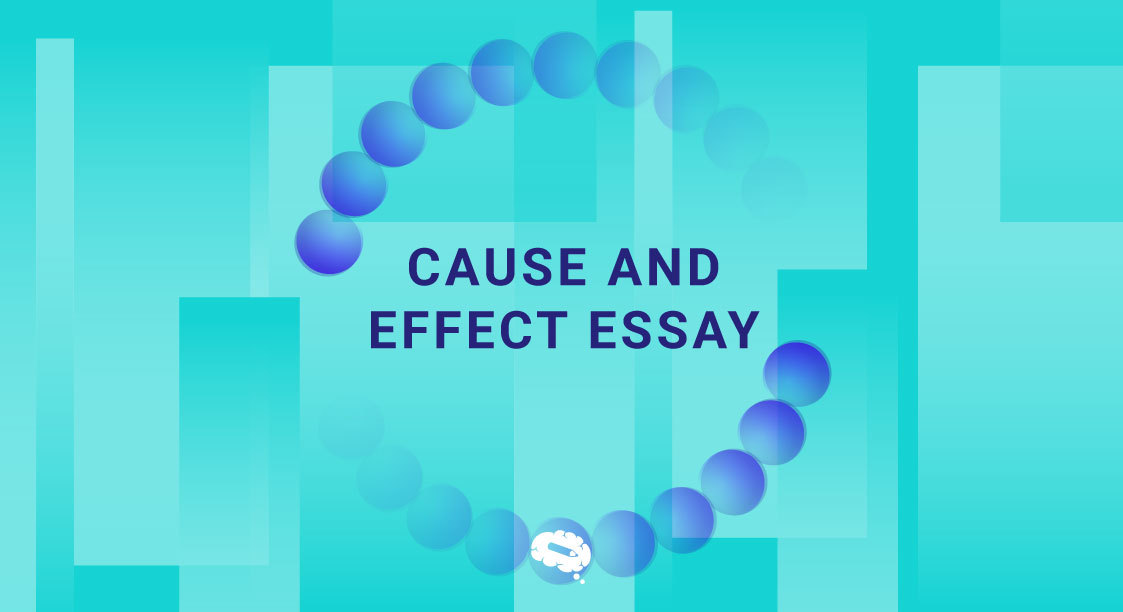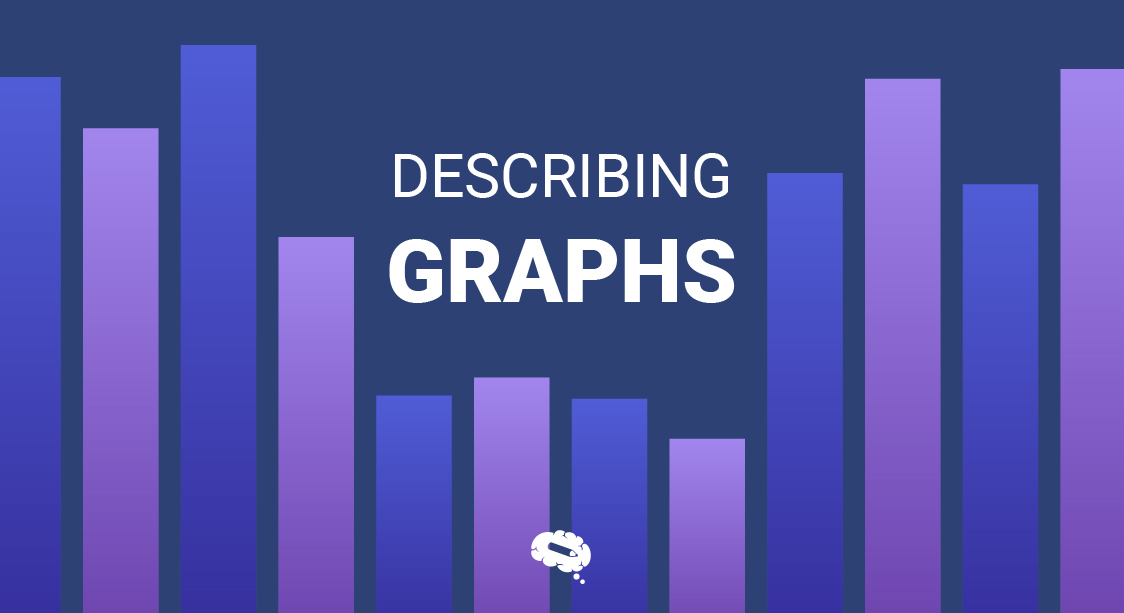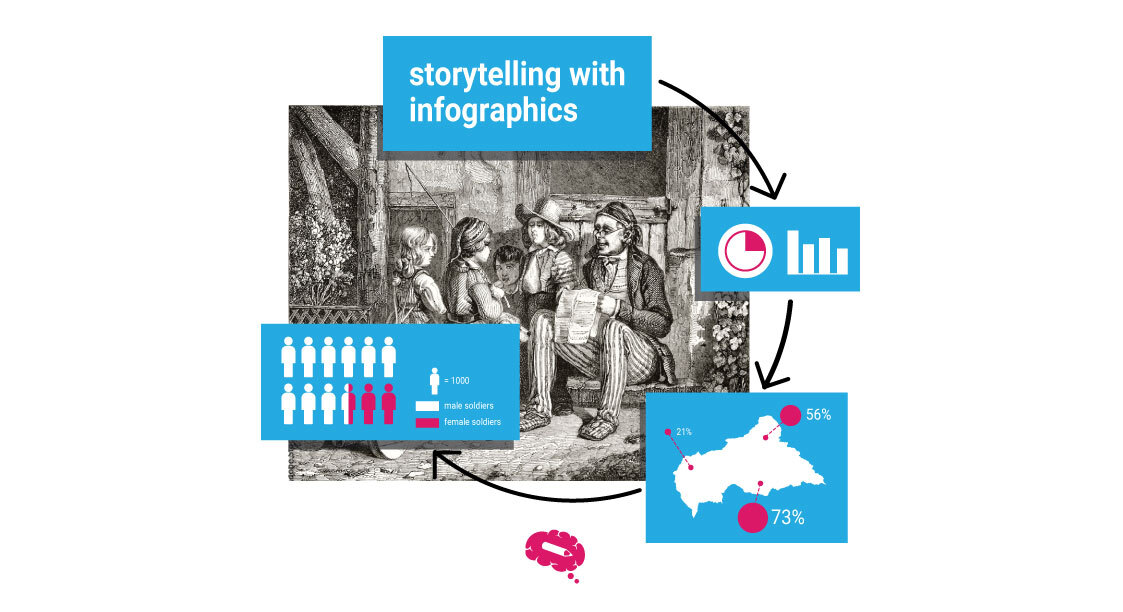Confounding variables are factors that can distort the interpretation of research findings by influencing both the independent and dependent variables in a study. These extraneous variables, if not properly identified and controlled, can lead to inaccurate or misleading conclusions.
Understanding and addressing confounding variables is crucial in research studies as they have the potential to introduce bias, compromise the internal validity of the study, and confound the relationship between variables of interest. Researchers must actively recognize, measure, and control for confounding variables to ensure the accuracy and reliability of their study results, ultimately enhancing the robustness and validity of scientific investigations.
Definition Of Confounding Variables
Confounding variables, within the context of scientific research, refer to extraneous factors that possess the potential to distort or confound the observed association between an independent variable and a dependent variable. These variables, if not adequately controlled or adjusted for, can introduce a form of systematic error, complicating the accurate interpretation of study outcomes. The presence of confounding variables poses a threat to the internal validity of research findings, as it hinders the researcher’s ability to establish a causal relationship between the variables of interest.
Basic Explanation
Confounding variables are subtle influences in scientific studies that have the potential to bias results. These deceptive elements, if overlooked by researchers, may create a misleading impression that one factor causes another, even when this may not be the case. Essentially, confounding variables are intricate aspects that, when ignored, can obscure the true cause-and-effect relationship and give a simplified but inaccurate understanding of the situation.
Detailed Explanation
Confounding variables hold an immense impact on the outcomes of scientific studies by introducing an additional layer of complexity to the relationship between the independent and dependent variables. Their influence stems from their tendency to hide or distort the true cause-and-effect dynamics being investigated. When confounding variables are not properly addressed, they can lead to incorrect conclusions, making it difficult to determine whether observed effects are truly attributable to the variable of interest or are confounded by these external factors.
Also read: Connecting The Dots: The Power Of Cause-And-Effect Essay
Examples Of Confounding Variables
- Third-Variable Problem: Imagine studying the link between ice cream sales and drowning incidents. On the surface, these two may appear related (both increase in the summer), but the confounding variable here is temperature. Hotter weather increases both ice cream sales and swimming activities, contributing to a misleading association between ice cream consumption and drownings.
- Exercise and Weight Loss: Suppose a study is designed to explore the effect of a new diet on weight loss. However, if exercise habits are not taken into account, people who naturally move more may lose more weight, confusing the true effect of the diet.
- Education and Income: When investigating the correlation between education level and income, employment status serves as a confounding variable. A person’s employment situation can influence both their educational attainment and income level, resulting in a distorted relationship between education and income that fails to account for the influence of employment.
- Smoking and Lung Cancer: Investigating the link between smoking and lung cancer requires considering confounding variables such as genetics or occupational exposures. Without examining these factors, attributing all cases of lung cancer to smoking may oversimplify the complex chain of causation.
Impact Of Confounding Variables In Research
The influence of confounding variables in research is profound, extending across multiple dimensions of the scientific process and critically shaping the validity and reliability of study outcomes. Recognizing the nuanced impact of these variables is pivotal, demanding meticulous consideration to fortify the foundations of scientific inquiry and ensure the fidelity of research contributions across diverse fields. Here are key aspects of their impact:
Negative Impacts
- Misinterpretation of Results: Confounding variables pose a substantial risk of leading to misinterpretations of study outcomes. The presence of these hidden factors can create a misleading narrative, attributing effects to the main variable when, in reality, they are influenced by extraneous elements.
- Biased Findings: The influence of confounding variables introduces bias into research findings. This bias can tilt the results in a particular direction, obscuring the true relationship between variables and compromising the objectivity of the study.
- Compromised Validity: The validity of a study, particularly its internal validity, is compromised in the presence of confounding variables. This undermines the accuracy of causal inferences, making it challenging to establish a clear cause-and-effect relationship between the variables of interest.
- Reduced Reliability: Confounding variables diminish the reliability of study outcomes. The unpredictable impact of these hidden factors introduces variability into the results, reducing the consistency and dependability of the study findings.
- Difficulty in Replication: Replicating research becomes challenging when confounding variables are not adequately addressed. Other researchers attempting to reproduce the study may encounter difficulties in achieving consistent results, hindering the reliability and robustness of scientific knowledge.
- Threat to Generalizability: The generalizability of study findings is at risk due to confounding variables. The influence of these factors may vary across different groups or populations, limiting the applicability of research results to broader contexts.
- Undermined External Validity: The external validity of a study, which pertains to its applicability to real-world scenarios, is undermined by confounding variables. This jeopardizes the relevance of research findings in practical settings.
- Impaired Decision-Making: In situations where research findings inform decision-making, the impact of confounding variables can lead to suboptimal or misguided decisions. This is particularly relevant in fields such as public health or policy development.
- Increased Risk of False Associations: Confounding variables elevate the risk of identifying false associations between variables. Researchers may inadvertently attribute effects to the main variable when, in fact, they are a result of the influence of these hidden elements.
- Challenges in Establishing Cause: The presence of confounding variables introduces complexity in establishing causation. Distinguishing whether observed effects are genuinely caused by the main variable or influenced by confounding factors becomes a challenging task.
Positive Impacts
- Enhanced Precision: By addressing confounding variables, researchers can achieve a more precise and accurate understanding of the relationship between variables of interest. This precision contributes to clearer and more reliable research outcomes.
- Increased Validity: Addressing confounding variables enhances the internal validity of a study. This ensures that the observed effects are more likely attributable to the main variable, bolstering the overall validity of causal inferences.
- Improved Reliability: Proper handling of confounding variables leads to more reliable study outcomes. Researchers can reduce variability in results, promoting consistency and dependability in the findings.
- Facilitates Replication: The meticulous consideration of confounding variables facilitates the replication of research. Other scholars attempting to reproduce the study are more likely to achieve consistent results, contributing to the robustness of scientific knowledge.
- Generalizable Findings: Addressing confounding variables enhances the generalizability of study findings. The increased applicability of results across diverse populations or settings strengthens the relevance of research contributions.
- Informed Decision-Making: Research that effectively addresses confounding variables provides a more accurate basis for decision-making. In fields where research informs policies or interventions, this ensures that decisions are well-informed and aligned with the true impact of the main variable.
- Prevents False Associations: A conscientious approach to confounding variables reduces the risk of identifying false associations between variables. Researchers are better equipped to discern genuine relationships, avoiding the attribution of effects to the main variable when influenced by extraneous factors.
- Enhances Understanding: Properly managing confounding variables contributes to a clearer understanding of causation. Researchers can more confidently establish whether observed effects are genuinely caused by the main variable, strengthening the study’s explanatory power.
- Encourages Further Research: Addressing confounding variables provides a solid foundation for future research endeavors. Researchers can build upon more reliable findings, exploring additional facets of the relationship between variables and expanding the depth of scientific knowledge.
- Strengthens Scientific Inquiry: The positive impact of addressing confounding variables extends to the broader realm of scientific inquiry. This meticulous approach strengthens the integrity of research methodologies and contributes to the advancement of knowledge in various disciplines.
How To Control Confounding Variables
Effectively managing and controlling confounding variables is of paramount importance to safeguard the accuracy and reliability of research findings. Employing meticulous strategies is essential in navigating the complex landscape of potential influences that could distort the true relationship between variables of interest. Here, we delve into comprehensive strategies aimed at not only recognizing but also mitigating the impact of confounding variables to fortify the robustness and validity of research outcomes.
Research Design Methods
Research design methods encompass a range of strategic approaches to structure studies, ensuring precision and reliability in outcomes. Here are three pivotal methods employed in research design:
- Randomization: Randomization is a powerful research design method involving the random assignment of participants to different groups. This method helps distribute potential confounding variables evenly across groups, enhancing the internal validity of the study. Randomized Controlled Trials (RCTs) exemplify the application of randomization, particularly in clinical trials and experiments, fostering unbiased comparisons between treatment and control groups.
- Matching: Matching is a method where participants or samples are paired based on specific characteristics to create comparable groups. This approach aims to control for confounding variables by ensuring that relevant traits are balanced across the groups. Whether through individual matching or group matching, this method is particularly useful in observational studies where random assignment is not feasible.
- Stratification: Stratification involves dividing participants into subgroups based on identified confounding variables. By analyzing and reporting results separately within these subgroups, researchers can control for the influence of specific variables. This method enhances the precision of findings, providing a nuanced understanding of how certain factors may impact study outcomes.
Statistical Adjustment Methods
Statistical adjustment methods play a pivotal role in refining research analyses, allowing researchers to control for confounding variables and uncover more accurate associations between variables. Here are two significant statistical adjustment methods:
- Regression Analysis: Regression analysis is a widely-used statistical method that examines the relationship between one or more independent variables and a dependent variable. In the context of controlling confounding variables, multiple regression analysis becomes particularly valuable. This method allows researchers to assess the impact of the main variable of interest while statistically adjusting for the influence of potential confounding factors. By including these factors as covariates, researchers can isolate the unique contribution of the primary variable.
- Multivariate Analysis: Multivariate analysis encompasses a suite of statistical techniques that simultaneously analyze multiple variables. Techniques such as multivariate analysis of variance (MANOVA), multivariate regression analysis, or structural equation modeling (SEM) enable researchers to account for the interplay of various variables and control for potential confounding factors. These methods provide a more comprehensive understanding of the relationships within complex datasets, offering a nuanced perspective on the factors influencing study outcomes.
Case Studies Of Confounding Variables
Case studies of confounding variables provide real-world examples of how these hidden factors can impact research outcomes. Here are a few illustrative scenarios:
Drug Efficacy Study
In a clinical trial evaluating the efficacy of a new drug, researchers notice variations in outcomes among different age groups. Initially attributing the differences to the drug’s effectiveness, they later discover that age-related metabolic differences were a confounding variable. After statistically adjusting for age, the true impact of the drug on patient outcomes becomes clearer.
Workplace Wellness Program
An organization implements a workplace wellness program to improve employee health. After analyzing the results, researchers identify a confounding variable – employees who were already health-conscious actively participated in the program. By controlling for pre-existing health behaviors, researchers gain a clearer understanding of the program’s actual impact.
Social Media And Mental Health Study
A study explores the relationship between social media use and mental health. Initially, researchers find a negative correlation. Upon closer inspection, they identify self-esteem as a confounding variable. After accounting for self-esteem levels, the relationship between social media use and mental health is nuanced, revealing that the impact varies based on individual self-esteem.
Conclusion
In the field of research, a thorough understanding of confounding variables is critical. These subtle influencers carry considerable power, capable of altering research results and causing biases. While they provide issues ranging from misinterpretation to compromised validity, addressing confounding variables has significant advantages. From improved precision to informed decision-making, a rigorous approach strengthens the integrity of scientific investigation.
The offered case studies vividly demonstrate the variables’ real-world impact in a variety of disciplines. Navigating research difficulties necessitates identifying and appropriately controlling confounding variables, as well as guaranteeing the quality and usefulness of scientific findings. Researchers equipped with this expertise play an important role in maintaining research integrity and increasing knowledge.
Unleash The Power Of Infographics With Mind the Graph
Unleash the power of infographics with Mind the Graph, revolutionizing the way you communicate and connect with your audience. Elevate your content, amplify engagement, and leave an indelible mark with visually stunning infographics. With Mind the Graph, your content isn’t just seen; it’s experienced.

Subscribe to our newsletter
Exclusive high quality content about effective visual
communication in science.








